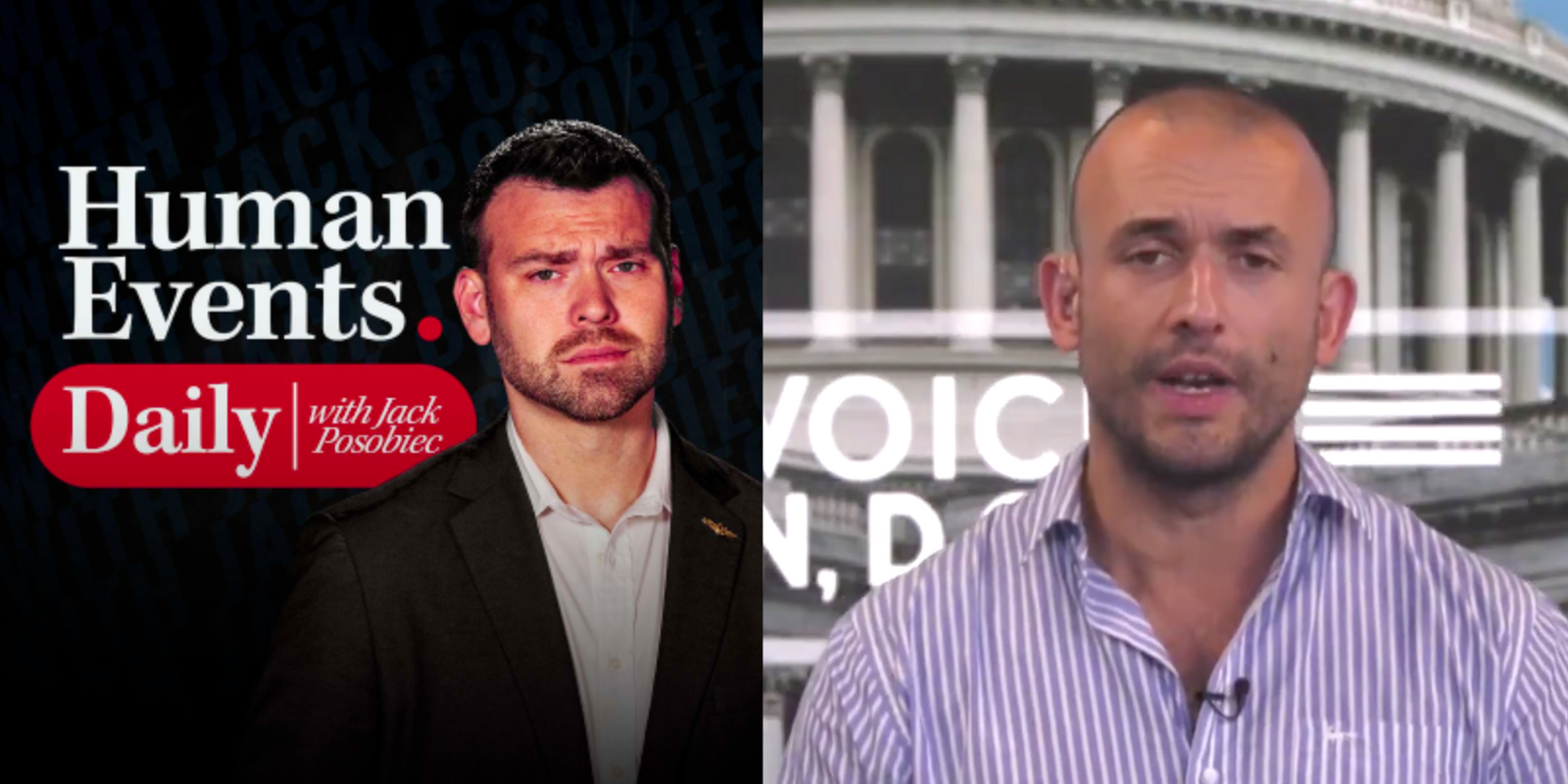We recently closed the books on the month of May, and that means we are now two-thirds of the way through the current quarter and nearly halfway through 2015. So far, the S&P 500 is up 2.5% year to date, with May adding 0.2% to the index. Subscribers to the Growth & Dividend Report have enjoyed market-beating returns with a number of recommendations, most notably in the wireless networking space and Cavium (CAVM), which put in very strong performances during the last several weeks.
As we closed those books on May, we also learned in a report — that on its face was surprisingly unsurprising — that the domestic economy contracted 0.7% during the first three months of 2015. Underneath, however, we learned that corporate profits deteriorated, inventories grew and “contributed” to the economy and exports dropped like a stone, thanks to the strong dollar.
Now, I’ve been ranting for some time about buybacks and dividend hikes funded by debt issuance, but even I am getting a little concerned by the drop in corporate profits versus the rising stock market. During periods of falling profits, companies tend to slash marketing, which impacts near-term revenue, but also R&D and product development budgets, which boost revenue growth over the medium to longer term. Put this together with the low-interest-rate environment, and it could help explain the rash of mergers and acquisitions (M&A) deals that we’ve seen. Not only are companies exploiting low rates to deliver growth by acquisition when organic growth is waning, but they are buying product pipelines and work-in-progress R&D. If you’re like me, this makes you go “hmmmm” and wonder what will happen when the Fed actually raises rates, especially if corporate profits remain under pressure. Remember, despite the accretive impact of share buyback programs, S&P 500 earnings are expected to contract during the next two quarters.
Back to the question of interest rates… of late, Federal Reserve officials have been jawboning about the likelihood of an interest rate hike during 2015. To me, it all gets back to being data dependent, and rather than repeat what I’ve been saying during the last few months, let’s instead listen to Federal Reserve Governor Lael Brainard. According to Brainard, who also happens to be a voting member of the Federal Open Market Committee, the “economic data so far do not suggest that the U.S. will see a significant second quarter rebound.”
It would seem that Brainard is seeing exactly what we are — and by that, I’m referring to the continued trend of missed economic data relative to Wall Street expectations. We were reminded of that trend this week when both April Personal Income & Spending missed expectations and the May manufacturing PMI report from Markit Economics depicted the slowest level of order growth in 18 months. It was not quite the rebound from the dismal 1Q 2015 that many were hoping for.
April Personal Income & Spending continued the trend of weak spending and greater savings on the part of consumers. While savings is something we’ve been told is a good thing, it raises concerns about the velocity of the current quarter given the hefty influence Mr. and Ms. Consumer have on the domestic economy. Gallup’s Economic Confidence Index dropped to an average of -7 in May, down from -3 in April. This drop continues the monthly downward drift since confidence peaked at +3 in January and is the lowest monthly score since the -8 in November 2014.
While weather-related issues and port closures have passed, the domestic economy is still contending with the strong U.S. dollar. As I shared with my graduate students, even if the U.S. dollar were to pull back from current levels, it would still be far higher compared to year-ago levels for several more months. Even Brainard has acknowledged the dollar’s rise reduces net exports, which subtracted “a whopping” 1.9 percentage points from first-quarter gross domestic product (GDP).
To me, Brainard summed it up rather smartly when she said, “more optimistic growth projections may have placed too much weight on the boost to spending from lower energy prices and too little weight on the negative implications for aggregate demand of the significant increase in the foreign exchange value of the dollar and large decline in the price of crude oil.”
Such is what happens when we rely on expectations rather than letting the data we get each week and month talk to us. We’ve managed to steer clear of any major pratfalls by listening to the data, and I’ll be sure to stick to that strategy as we look to navigate the summer doldrums that will soon be upon us. I suspect that as more of this lackluster data rolls in, the interest rate conversation will again turn sour, and that will be a boon to higher-dividend-paying stocks that have been hit during the last few weeks. I’m already eyeing some for my subscribers.
One bright spot thus far in the May data can be had in the euro zone, which saw continued improvement during the month. The harsh reality with the euro zone, however, is that just like getting a family to decide on where to eat dinner or what movie to see, the constant push-pull economic activity among the euro-zone members makes it more challenging to analyze the specific performance of different regions unless you look for the data.
That’s why I like the full-blown PMI reports that Markit publishes at the start of each month; in fact, I look forward to them. In reviewing them, the big standout for us is how the level of economic activity in Italy continued to improve in May. My subscribers are already positioned to profit from this — if you’d like to learn more about my latest recommendation, click here now.
As I just mentioned, the positive inflection point for the euro zone has passed, and several of those countries’ economies are on the upswing. One way to invest is with exchange-traded funds (ETFs), but for all the protective diversification one gets with ETFs, it can cap one’s upside. One strategy is to pair those country-specific ETFs with call options to boost your returns. Another is to just buy the call options on the ETF without buying the ETF shares themselves. Subscribers to my PowerOptions Trader service had just such an opportunity when I recommended the iShares Europe (IEV) June $44 calls to them in mid-March. I recommended subscribers exit the position at an average sell price of $2.46 by May 4 — a gain of 105% in seven weeks. Follow this link to see more of my options trades in my recent interview with Eagle Financial Publisher Roger Michalski.
In case you missed it, I encourage you to read my e-letter column from last week about how much of a difference an IPO’s business can make. I also invite you to comment in the space provided below my Eagle Daily Investor commentary.
Upcoming Appearance
Special bonus for you and a friend… but this won’t last long! I want to invite you on a cruise, Sept. 13-20, with Newt Gingrich, Dr. Mark Skousen and me, among others. After you book your cruise, when you refer someone else and they book their own cabin before Friday, June 5, you will BOTH receive a $100 shipboard credit to use anywhere onboard!
Many cabin categories are already sold out, while some only have two to three cabins left. Make sure you and your friends book now to secure the best cabins still available!
Hurry, this offer is only good until June 5! Call now to get the best cabin selections while there’s still availability and to secure a $100 shipboard credit for you AND your friend!
Come spend seven fabulous days aboard the six-star luxury liner, the Crystal Symphony. The cruise is at a perfect time to enjoy the scenes in Bar Harbor, Halifax and Sydney in Nova Scotia, Quebec City and Montreal. While at sea, we will have two days of exclusive events with our speakers discussing the political scene (including the next presidential election) and how to best profit in today’s market. For further information, including how to sign up, call 800-435-4534 and mention priority code 039044 to get your $100 shipboard credit for you and your friend. The cruise is not to be missed!





